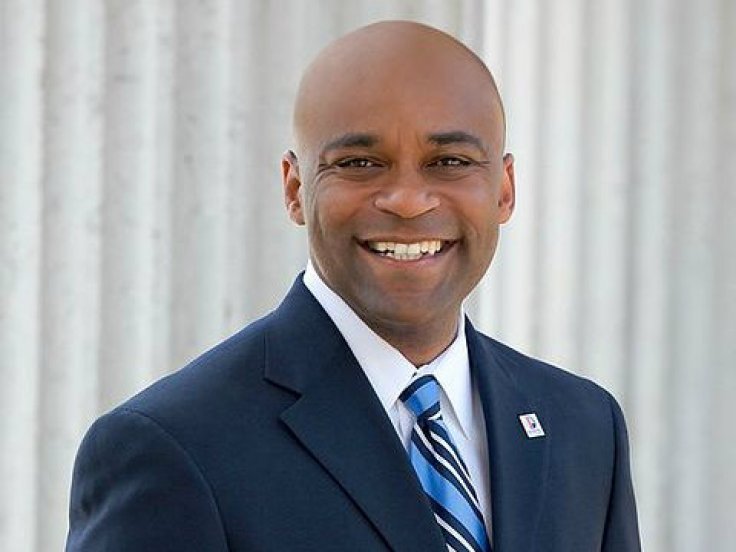Hancock’s Budget Nods at Vision Zero, Better Streets, But No Guarantees Yet

Today Mayor Michael Hancock proposed his 2016 budget, giving a glimpse of what the city will prioritize next year. The document [PDF] places more importance on creating people-oriented streets than it has in previous years, but the investments don’t indicate a paradigm shift to a 21st-century transportation mindset.
That idea is best illustrated in Hancock’s note to the public (the caveat in bold is ours):
We are focused on the quality and condition of Denver’s streets, expanding access to transit, making Denver more bikeable and walkable, and supporting new and innovative on-demand transportation services. But we are just getting started.
The most surprising part of Hancock’s budget is a $350,000 line item for Vision Zero, to create a “plan and a public safety campaign to educate the community about how to travel safely through the transportation network in all modes to reduce transportation related crashes resulting in serious bodily injury or death.”
Vision Zero is a traffic safety philosophy that all traffic deaths are preventable. So far the mayor has only hinted at signing on to the international movement. This budget item is encouraging, but limited: public education is just an element of the movement — and it’s not the most important one. Cities have been most effective at reducing fatalities when decision makers create a comprehensive plan to change behavior with good street design and traffic calming.
There’s another $400,000 allocated for “Vision Zero multimodal safety improvements.” But it’s unclear whether the mayor’s office will subscribe to the traffic philosophy, or if it’s just borrowing Sweden’s renowned Vision Zero brand — a name that’s recently gained popularity in New York, Washington, San Francisco, Los Angeles, Seattle, and other U.S. cities.
Here are some other notable bits from the mayor’s budget:
- Funding for one full-time planner to head a “citywide, strategic approach to pedestrian infrastructure.” This money inches the city closer to a bona fide approach for funding sidewalks and first and last mile connections.
- $2.2. million for Denver Moves, the city’s plan to make the city truly bikeable. The money comes after a scathing audit of the program’s pitiful implementation, and it’s still just a drop in the bucket. If the budget passes as is, the plan will have received just $5 million from the capital improvement fund, Denver Moves’ primary funding source. The plan calls for an investment of $119 million.
- Seven full-time employees dedicated to installing bike-ped infrastructure.
- $1 million to create the initial design for bus rapid transit on East Colfax Avenue.
- Funding to create a citywide transit plan.
- Funding for two neighborhood traffic calming plans. Starting next year, the Department of Public Works would take a “more proactive approach to implementing traffic calming measures and infrastructure that provides safe pedestrian access throughout the City.”
- $320,000 for “enhanced multimodal crosswalks” on Speer Street and in other areas of the city.
- $200,000 to study turning 21st Street near Coors Field into a “festival street” — an active public realm which includes expanded streetscapes, pedestrian seating areas, bike corrals, special event areas, etc.”
The City Council will hold public hearings on the budget and has until November 2 to make changes before sending it back to Hancock. It could be adopted as early as mid-November.


